Essentials of Winter Photography
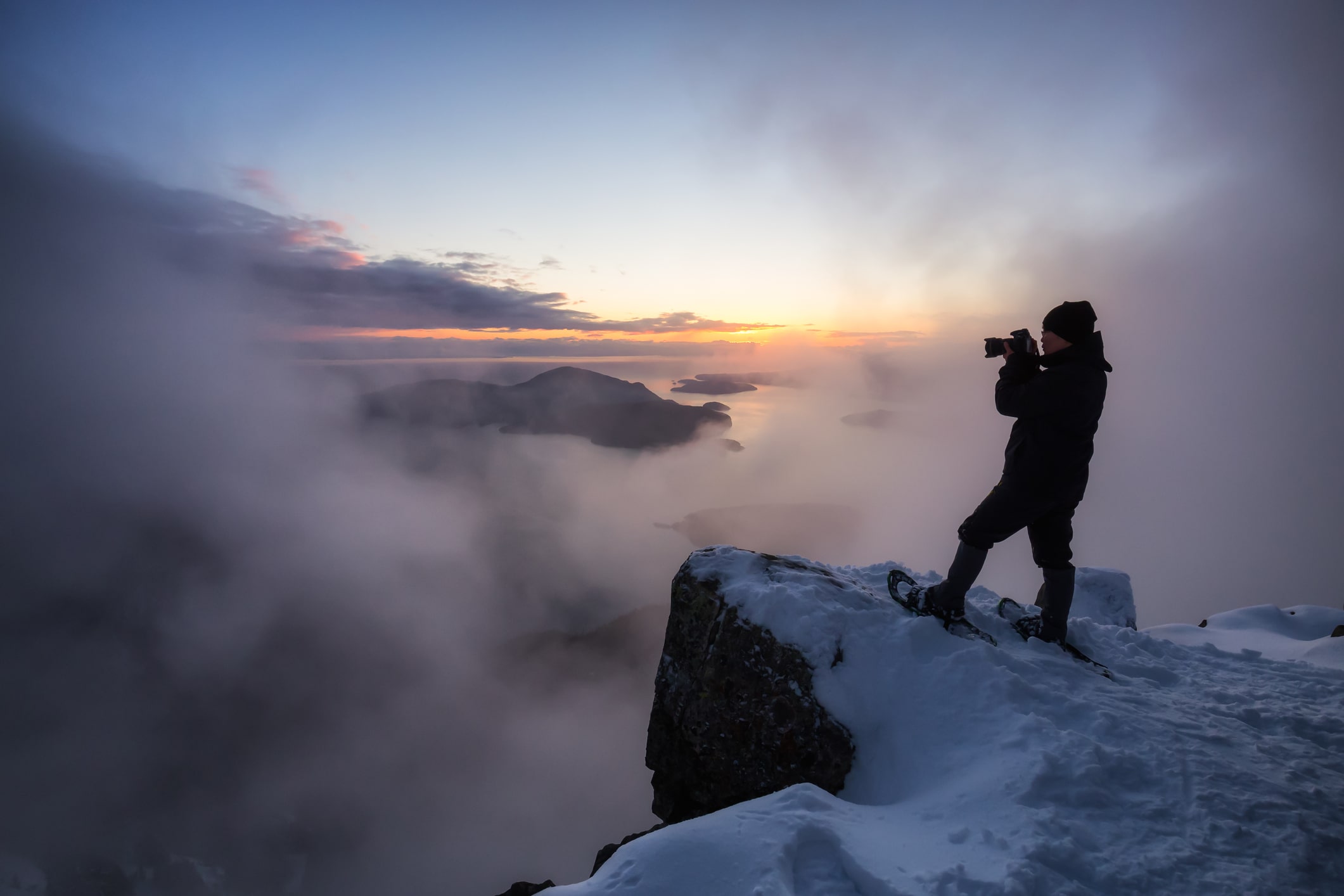 Image Credit: edb3_16 via iStock
Image Credit: edb3_16 via iStock But that doesn't mean you should tuck tail and run inside...
There are just too many excellent opportunities for photos during the winter to do that!
Instead, if you stock up on the essentials of winter photography, you'll be primed and ready to combat the cold and the snow and to get great shots, too.
Here's a quick list of items you need to beat Old Man Winter.
Photography Gloves for Winter are a Sound Investment
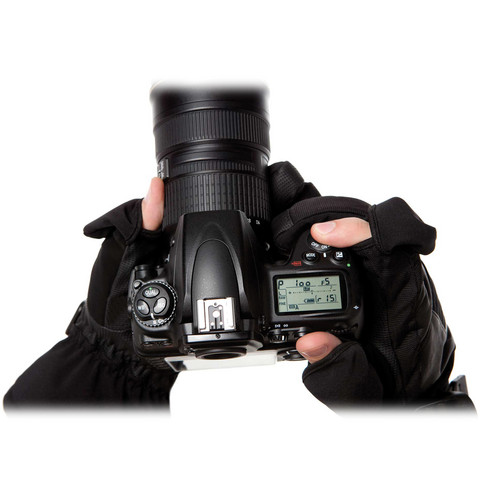
Hands-down (no pun intended), one of the best items you can buy for cold weather photography is a good pair of gloves.
You can't very well operate your camera if you can't use your hands, so gloves are an absolute must.
Of course, any old glove will do, but if you want the ultimate in comfort and functionality, photography gloves are the way to go.
Gloves like those pictured above and below that have fingertips that fold back are perfectly suited for cold weather photography.
Not only do your hands stay warm, but you can still easily work your camera settings as well.
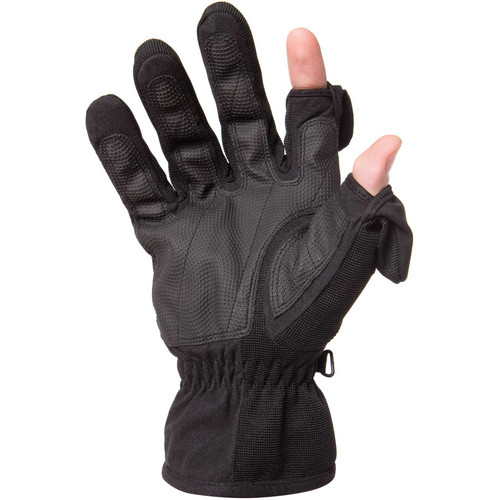
But not all photography gloves are made equally, so it's important to do your due diligence before buying.
I've tested a large number of gloves over the years, and one of the most pleasant surprises of late has been my pair of Freehands Photography Gloves.
What I like about these gloves is that they're warm thanks to the windproof/waterproof barrier on the back, but they aren't bulky either.
What's more, the magnetic finger caps are easy to flip back and keep out of the way, that way my photography workflow can go on uninterrupted.
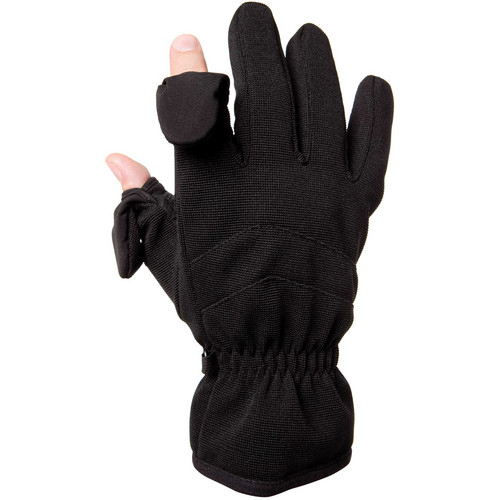
Better still, Freehands has incorporated a palm patch to give you extra grip so you're sure not to drop your camera, phone or other gear when you're out and about in the cold.
Best of all, though, these gloves are budget-friendly. The men's Stretch Thinsulate Gloves shown above have an MSRP of just $35.00 - a price that's honestly mind-bogglingly low price considering the features and functionality of these gloves.
Warm Boots are a Must for Winter Photography
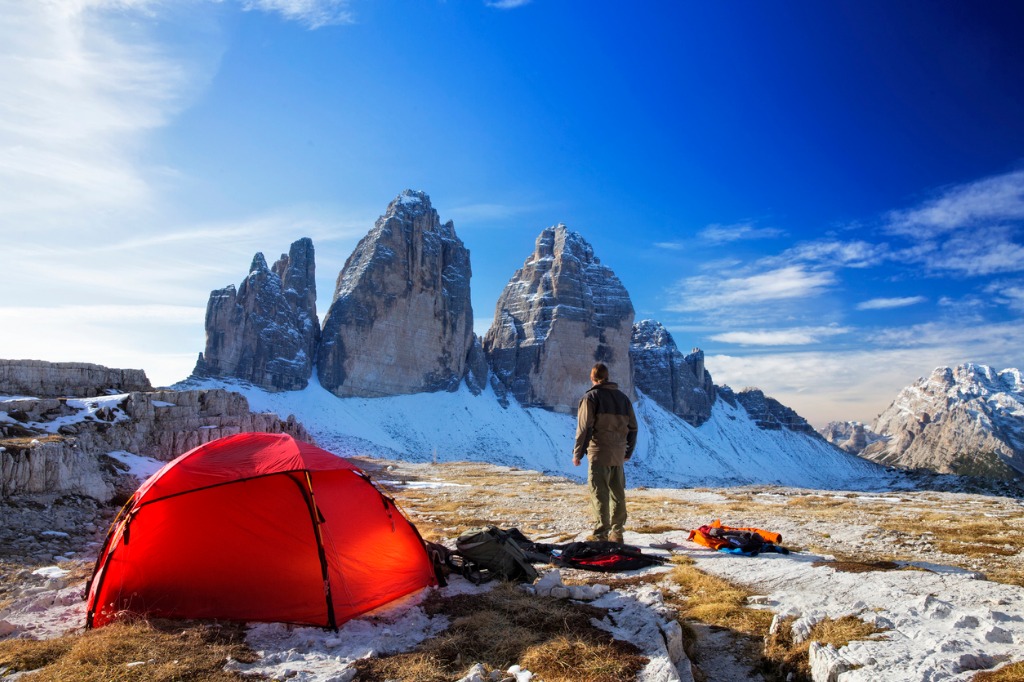 Image Credit: DieterMeyrl via iStock
Image Credit: DieterMeyrl via iStockThere are tons of options here, but in my experience, I've found giant, heavy winter boots to be more of a burden than anything.
They're hard to get on and off, for starters, and they can be cumbersome due to their weight and bulk.
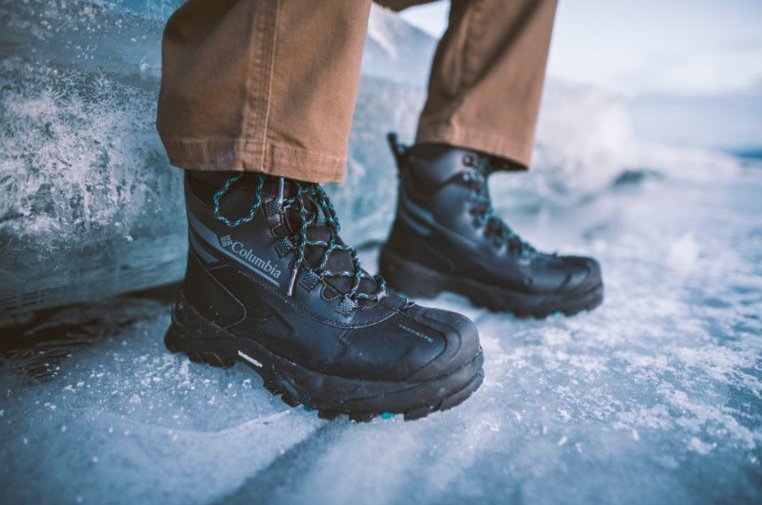
Instead, winter hikers like the Columbia Bugaboot Plus IV shown above is a great choice.
Not only are these boots waterproof, but they also have 200 grams of insulation and thermal-reflective lining to keep those toes warm. To keep the soles of your feet warm, these boots have significant insulation underfoot, that way when you're standing out in the snow taking pictures, heat loss through the bottom of the boot is all but eliminated.
These boots also have waterproof and seam-sealed construction, so you can rest assured that rain and snow won't find its way into the boot. They're breathable as well, so you don't have to worry about your feet getting sweaty!
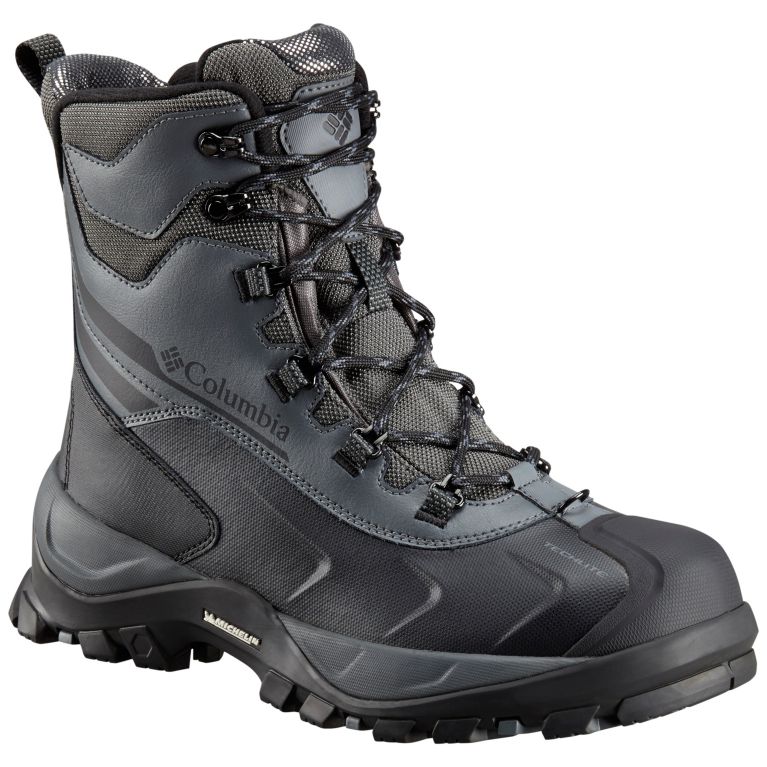
With the grippy Michelin outsole, you'll be sure-footed as well. The leather and nylon construction is rugged while the metal hardware will provide long-lasting durability.
Plus, these things are lightweight at just 24.8 ounces, so hiking around in them is far easier than huge, bulky boots.
If you'll be wandering through deep snow, just add a pair of gaiters to keep the snow from entering the top of the boot. Though, Columbia has shaped the heel of the boot to make it easier to attach snowshoes, so you can just walk on top of the snow instead of sinking into it!
Wear Multiple Layers of Clothes
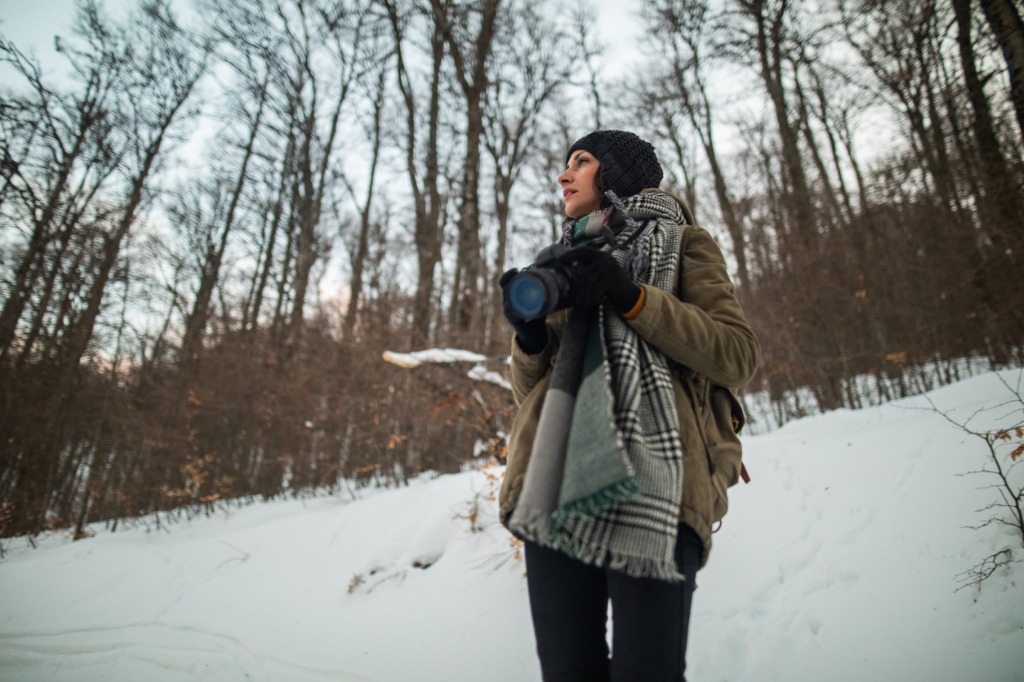 Image Credit: miodrag ignjatovic via iStock
Image Credit: miodrag ignjatovic via iStockBut when it gets really cold outside, it's prudent to wear layers of clothing.
Opt for wool instead of cotton for your base layers, as wool will wick moisture away from the skin and prevent you from getting chilled should you start to sweat.
I have wool socks, wool long johns, a wool top, and a wool beanie that I sport for the coldest of days out shooting, and I'm always toasty warm.
Warm Up Those Tripod Legs Too
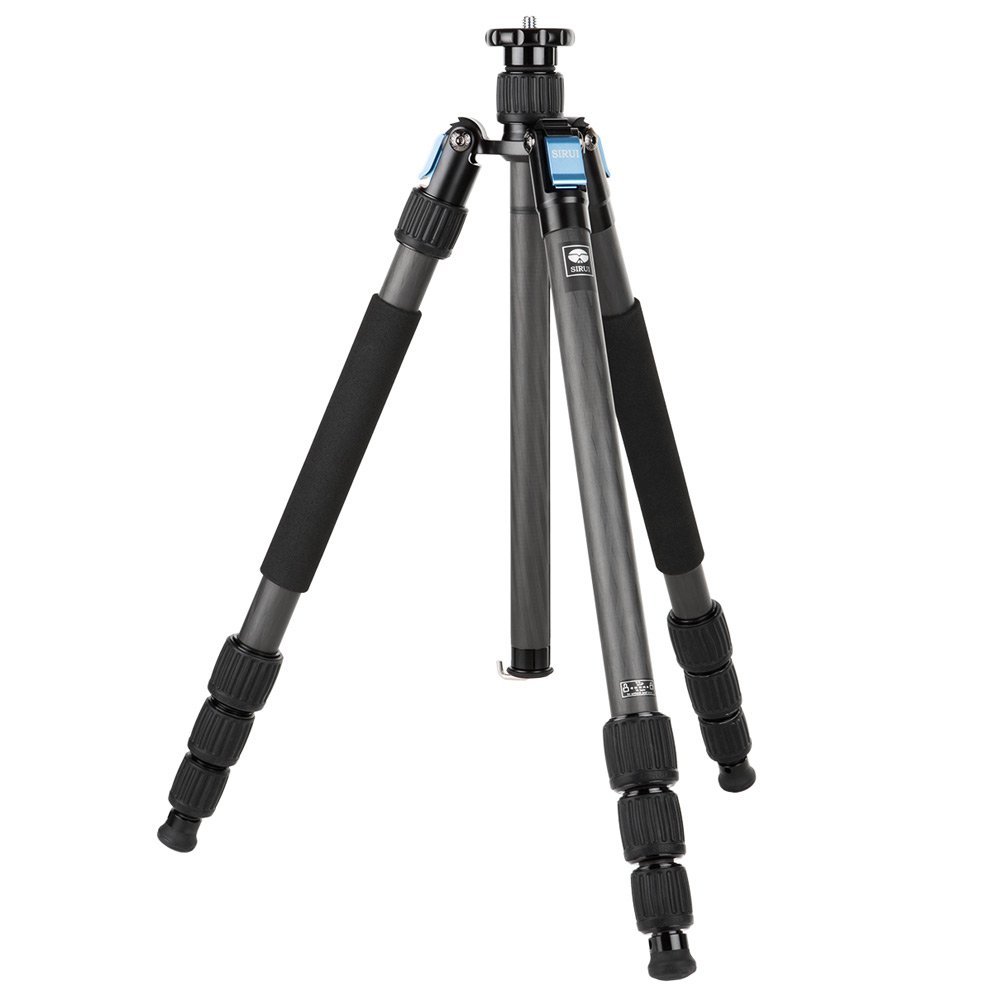
I have a SIRUI W-2204 waterproof carbon fiber tripod that's a beast no matter the weather.
But what I appreciate most about it is that it has so many features that make cold weather photography more pleasant.
That includes the integrated rubber feet with metal spikes that help ensure the tripod stays put, even on snow and ice.
I also like the fact that there's a center column hook so I can add weight to keep the tripod steadier in stiff winter breezes.
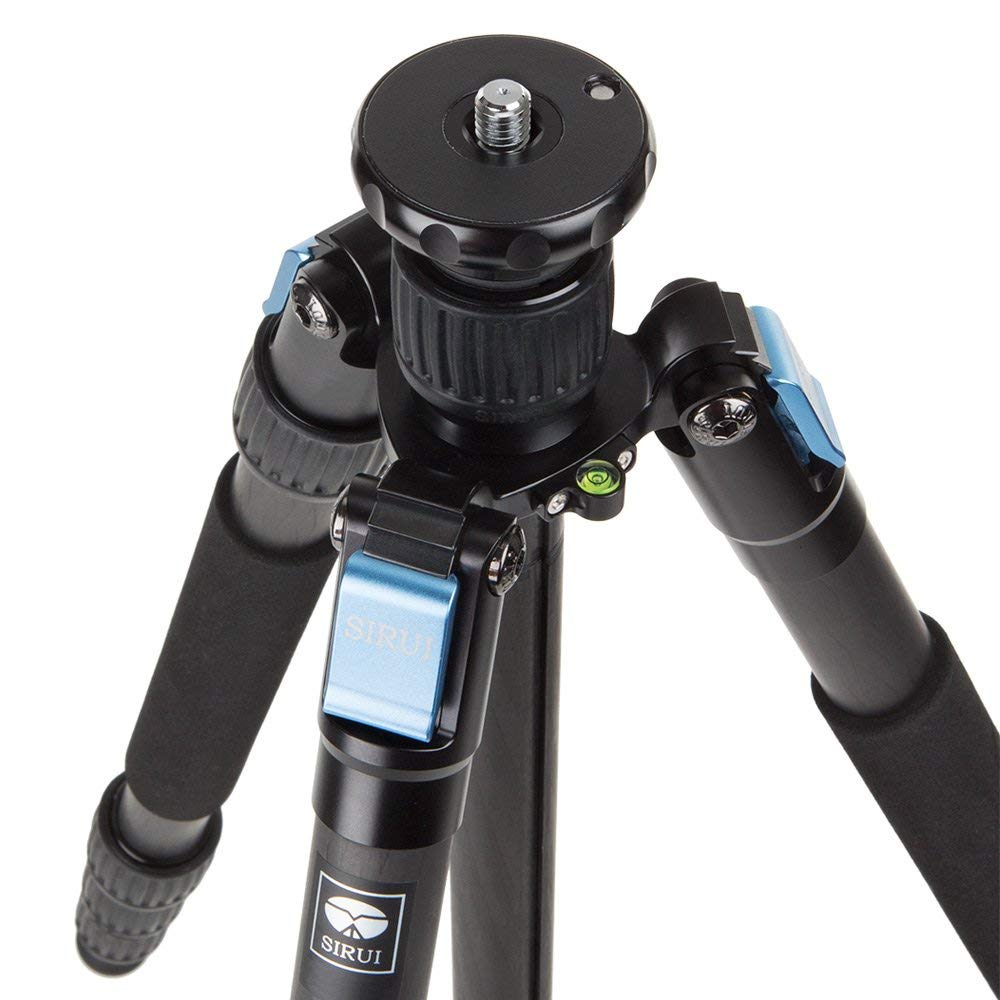
I think my favorite feature (apart from the quick-lock leg locks, the integrated bubble level, and the built-in monopod) is that there are integrated leg warmers.
Even though carbon fiber isn't as cold as aluminum, it's still a bit of a shock to the system when you grab super cold tripod legs.
And with warmers on two of the three legs, it's not like I have to fish around to find a good, solid grip when my hands are cold.
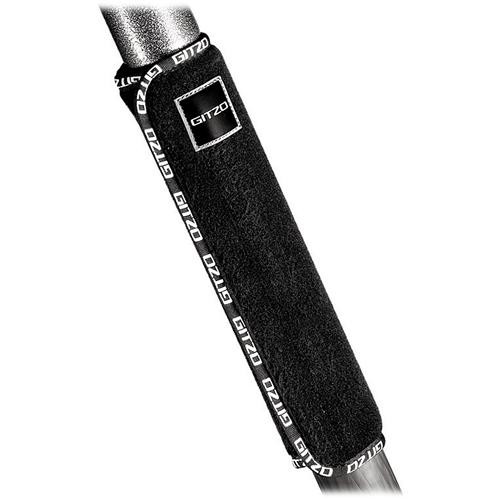
Of course, many tripods don't have integrated leg warmers.
If your tripod is in that category, consider adding some aftermarket warmth.
You can pick up Velcro wraparound tripod leg warmers for about $50, which is a bit spendy, but on those bitterly-cold days out shooting, it's worth the money not to have to handle cold tripod legs!
Protect Your Camera and Lens from Moisture
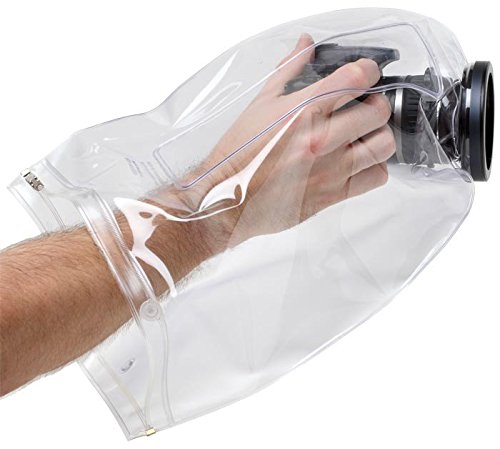
Whether it's a cold winter rain or super wet snow, moisture is definitely an enemy when it comes to your expensive photography gear.
That means that it's necessary to take precautions to protect your gear from getting wet - even if you have a professional camera and lens that have weatherproofing.
There are many different types of weather covers you can get to protect your gear. Some, like the one from Ewa-Marine shown above, come with a neutral optical glass front port for protecting the lens glass as well as the lens body and camera. It's a little expensive, but cheaper models are available.
Besides, when it comes to protecting thousands of dollars of photography gear, you probably don't want to skimp on the weather protection!
Final Thoughts
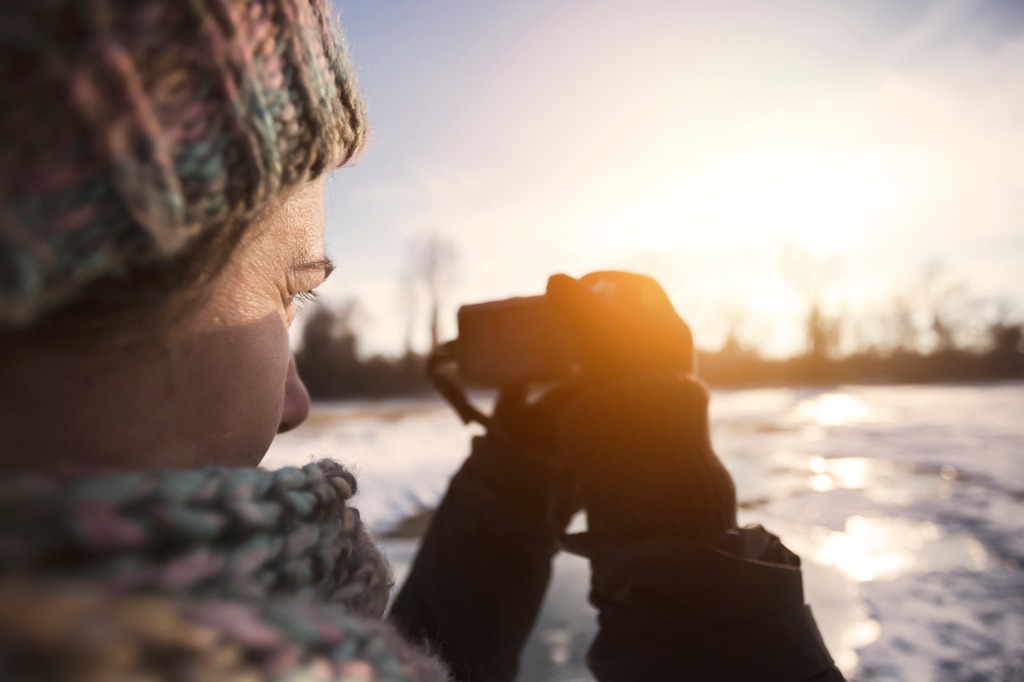 Image Credit: Nikola Nastasic via iStock
Image Credit: Nikola Nastasic via iStockIf you've been sitting on the sidelines because of the cold weather in winter, get geared up with things like gloves, boots, layers of clothes, and some protective equipment for your gear, and get out there and shoot!
You might just find that the quiet solitude of having cold, wintry landscapes to yourself makes all the time and effort well worth it!
Courtesy of: Photography Talk
No comments:
Post a Comment
Note: Only a member of this blog may post a comment.